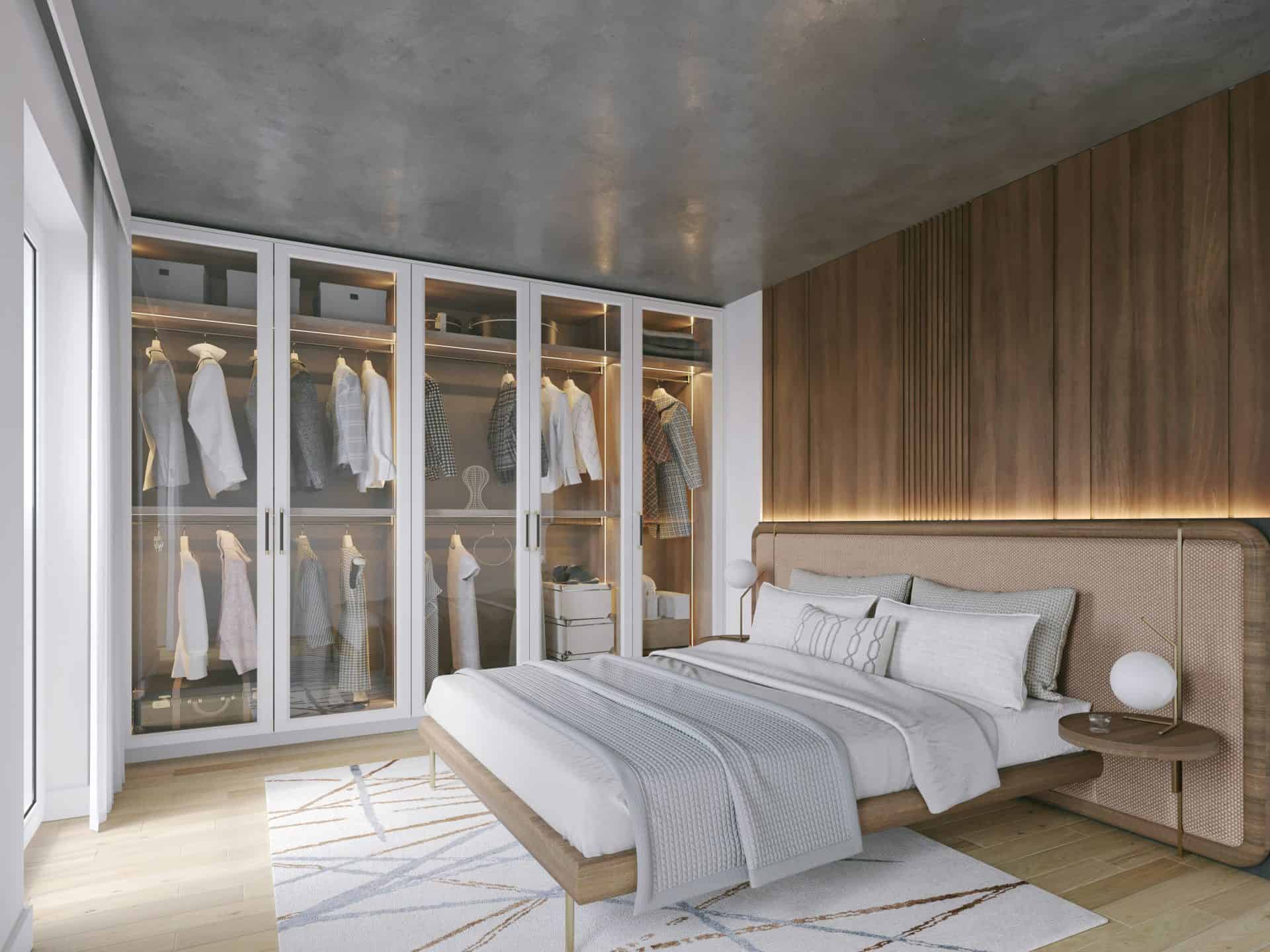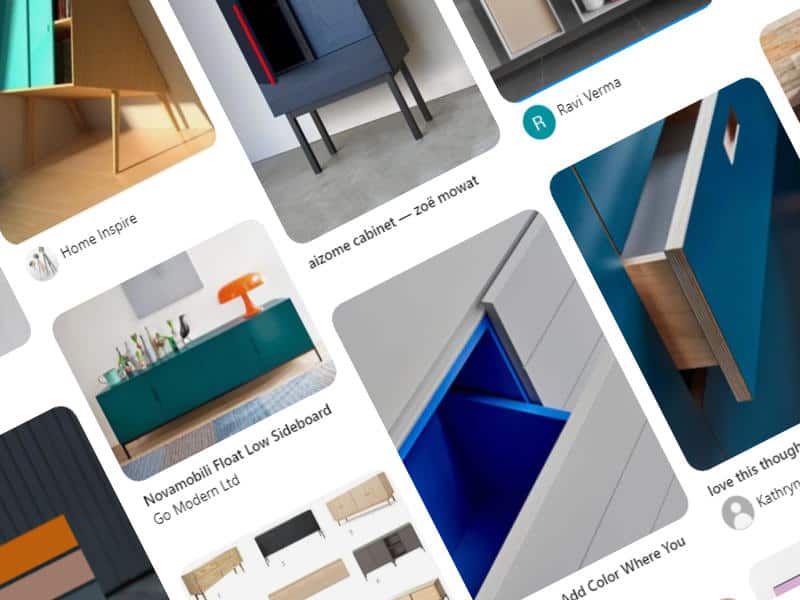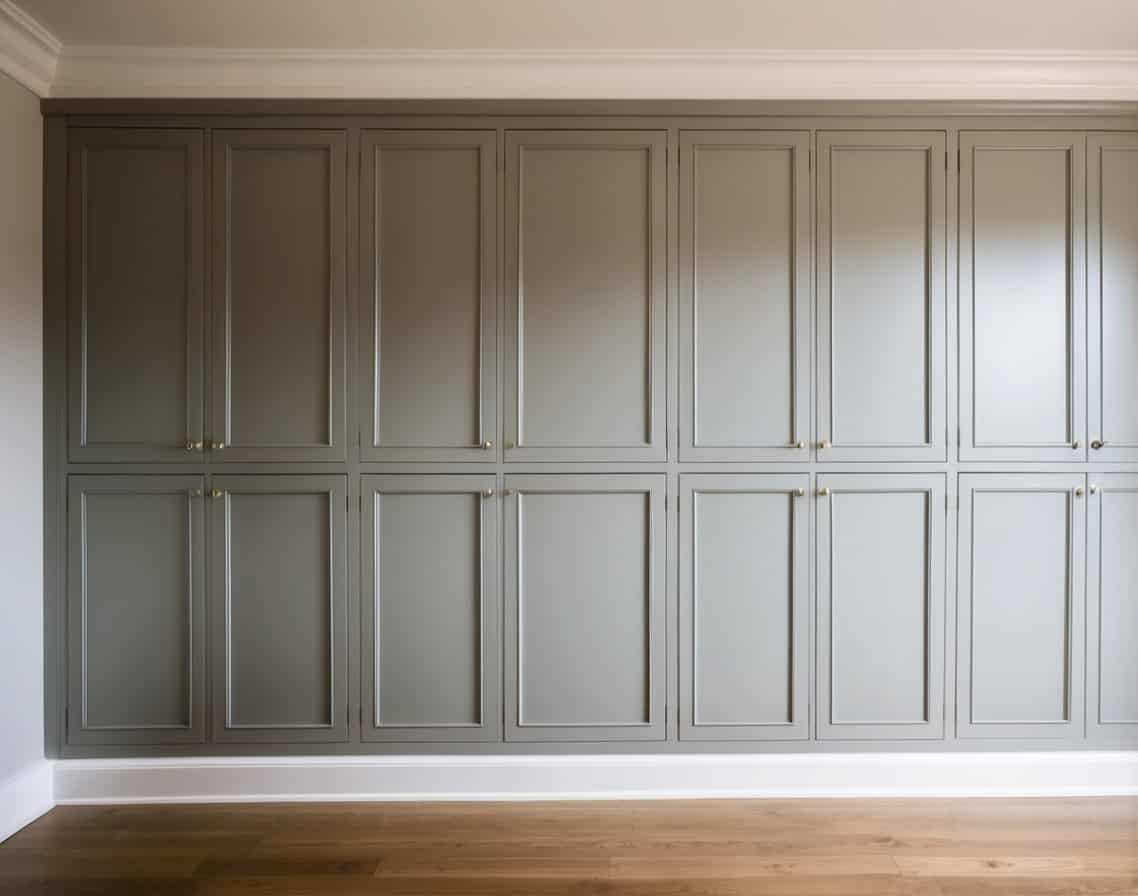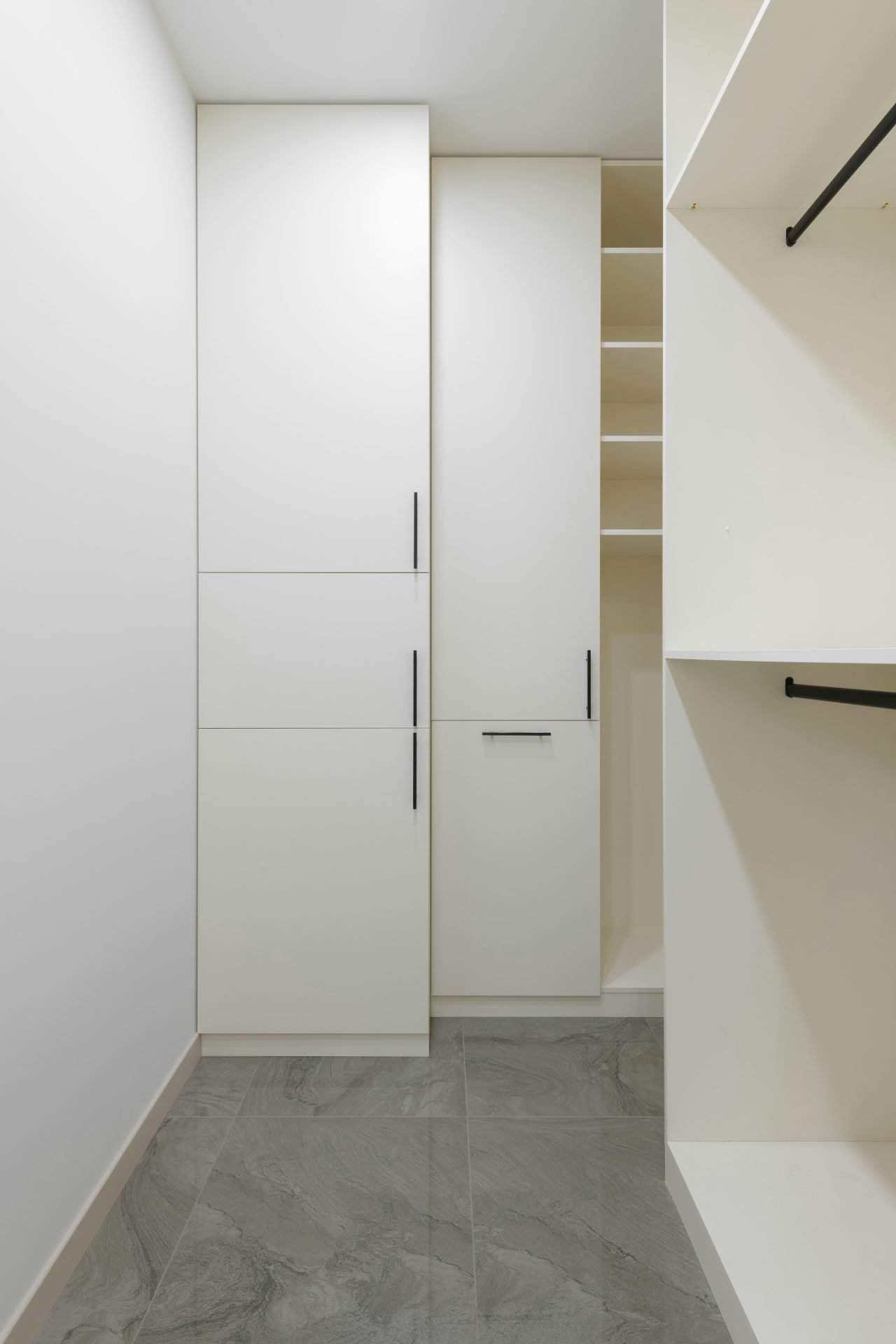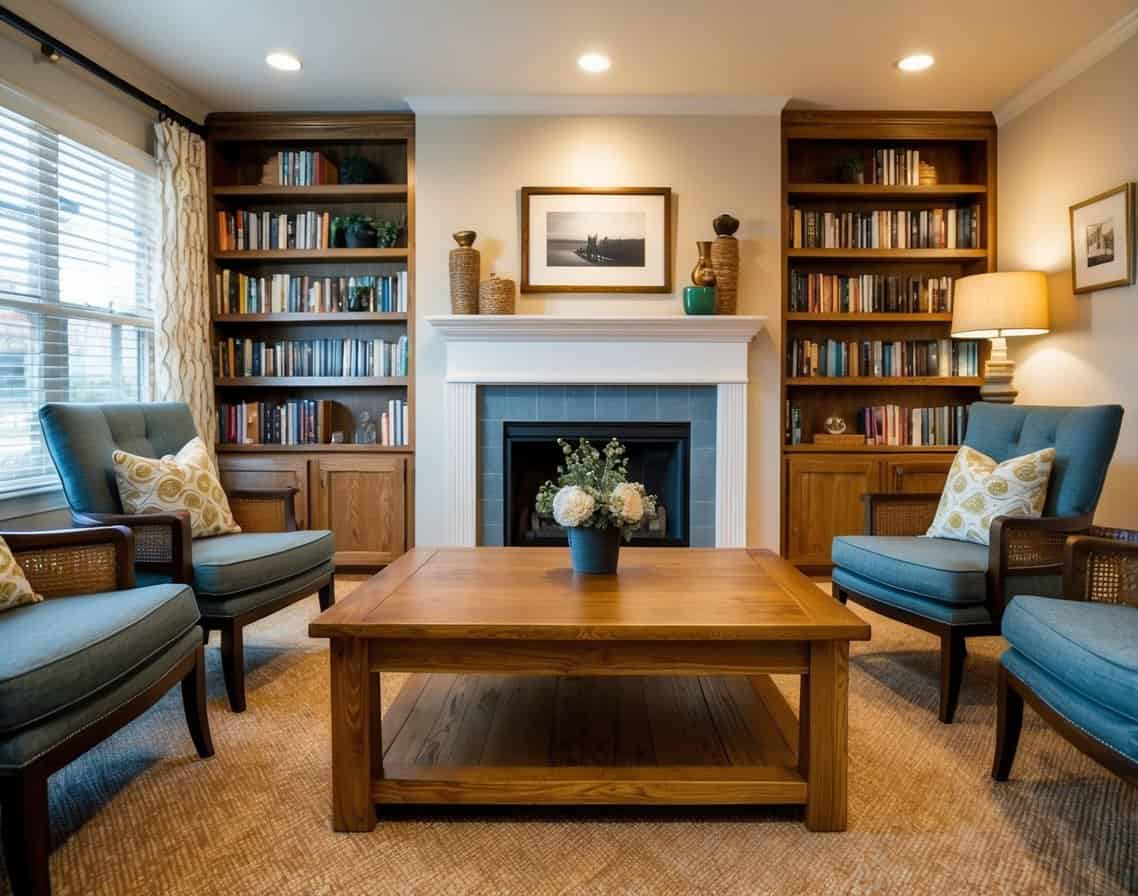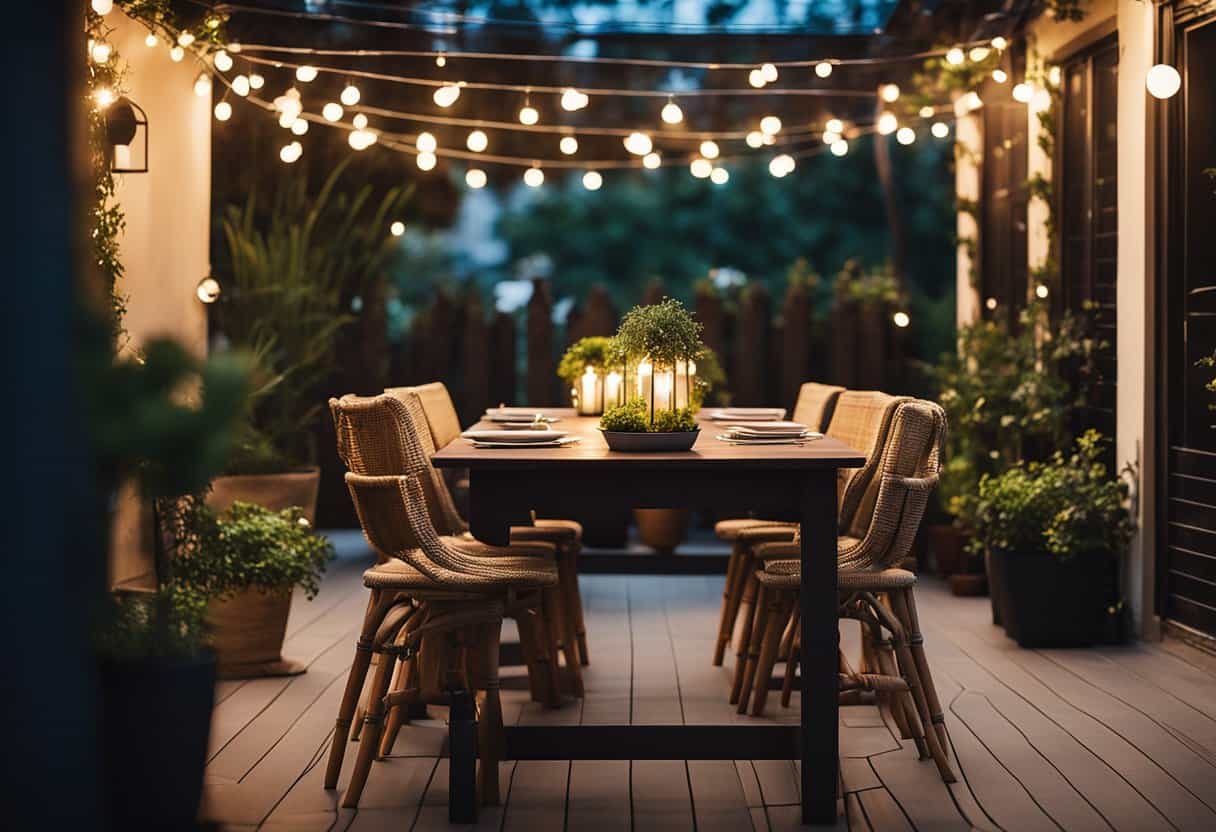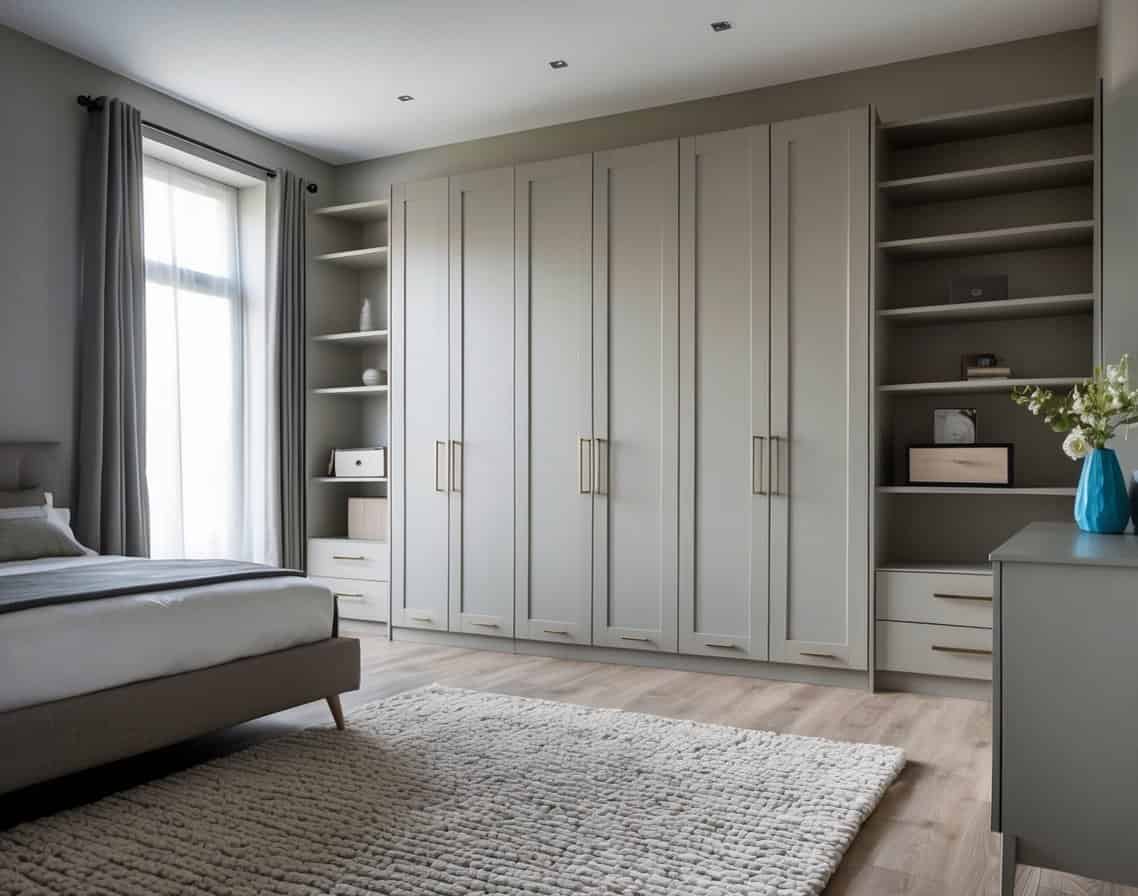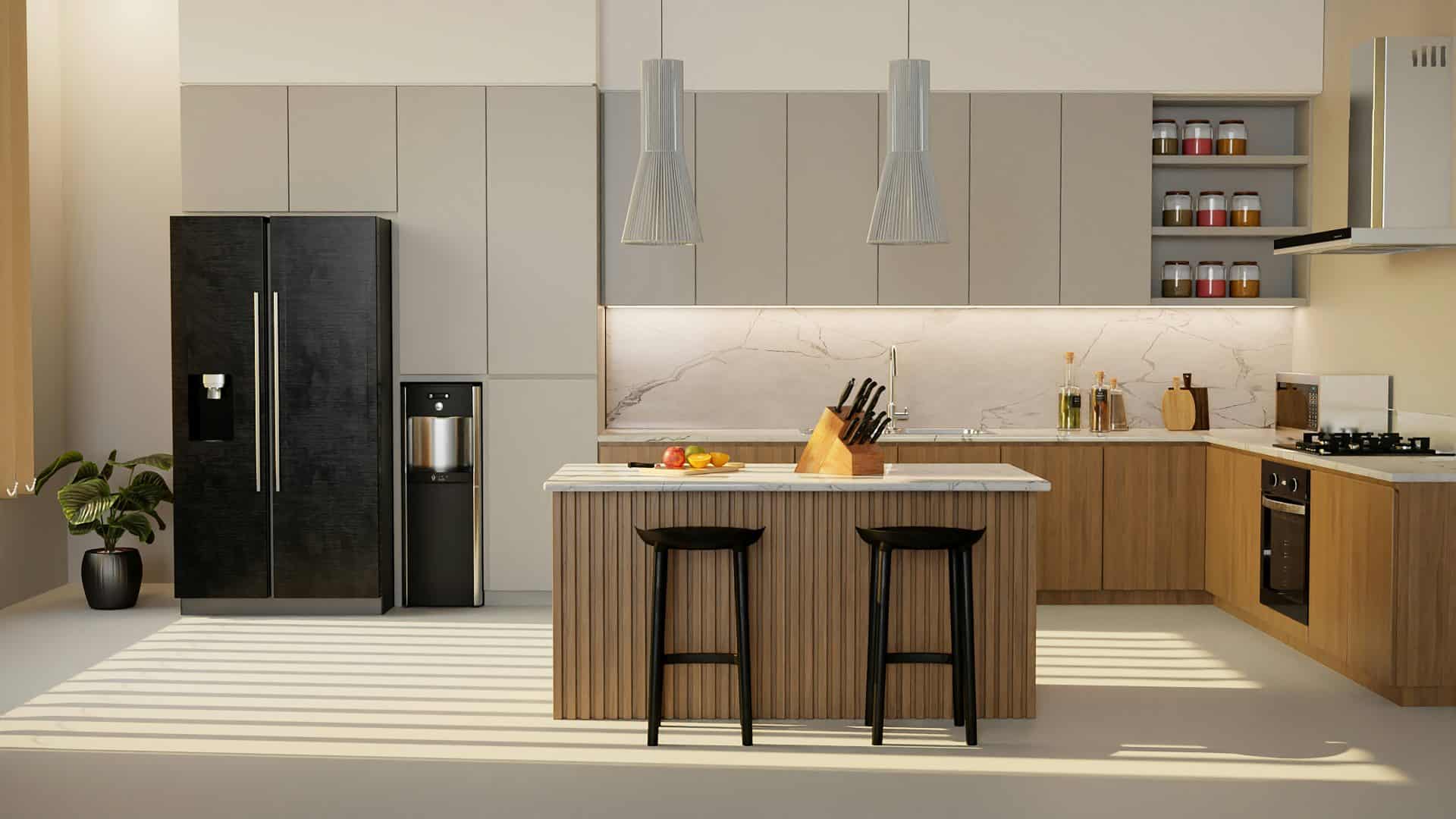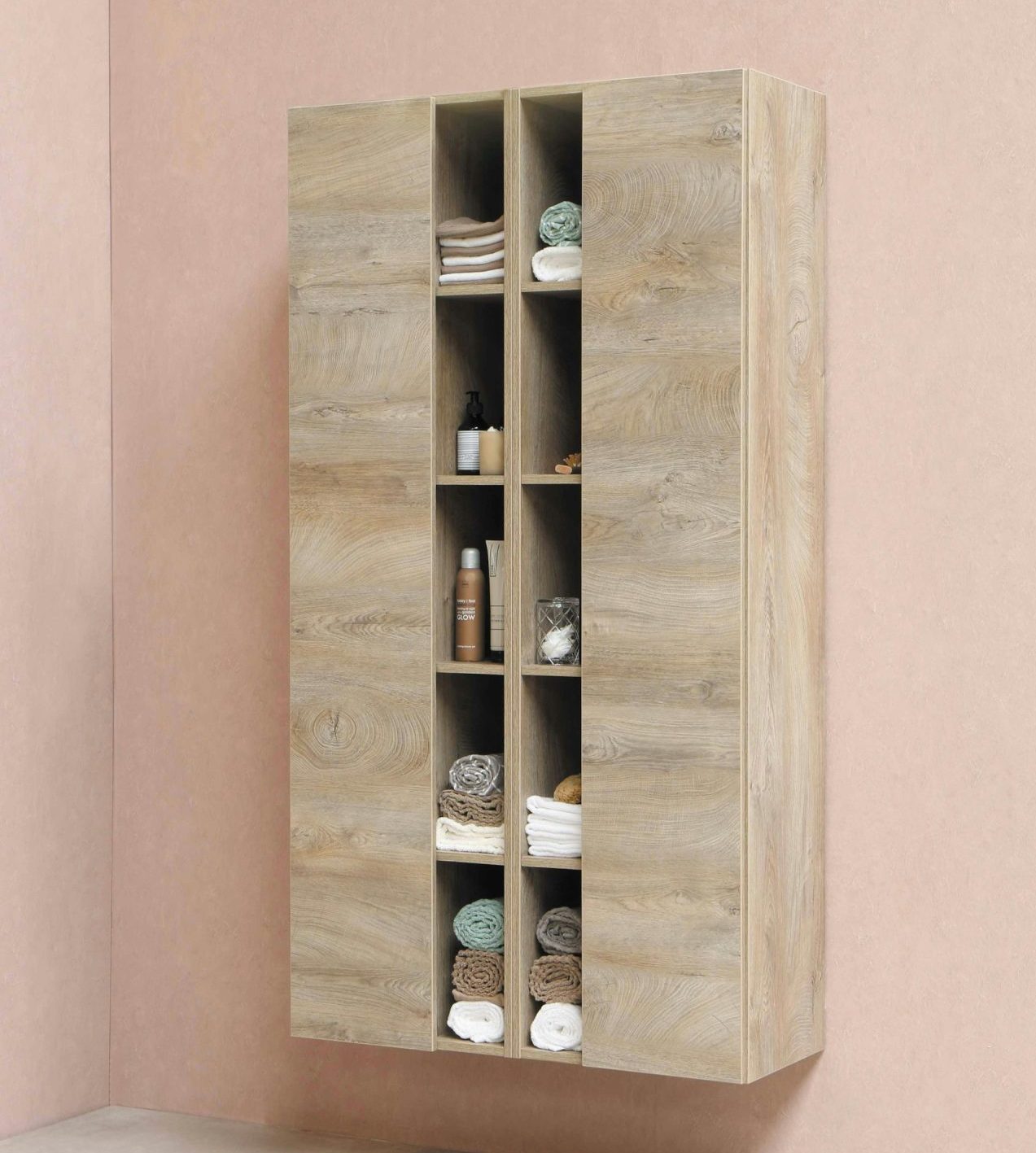Choosing the best cabinet maker can greatly enhance your home renovation project.
The most important factor is to ensure the cabinet maker has a strong track record and excellent craftsmanship skills.
Look for someone with a detailed portfolio and positive client feedback to ensure high-quality work.
Evaluating the expertise of a cabinet maker is crucial.
Check their previous work and training to confirm they have the necessary experience.
Browse photos and read reviews on platforms like Houzz to gauge their skill level and reliability.
Consider your design preferences and budget as well.
Whether you prefer contemporary or classic styles, there’s a wide range of kitchen cabinet options available.
Ensuring the chosen cabinet maker can work within your budget while meeting your design expectations is essential.
Learn more about the best choices from Good Housekeeping.
Key Takeaways
- Ensure the cabinet maker has a strong track record
- Check their expertise with verified reviews and portfolios
- Align your budget and design needs with their offerings
Understanding Your Needs and Preferences
Before you choose a cabinet maker, it’s essential to know your storage requirements, the style you want, and how the cabinets will function in your home.
By assessing your space and selecting the right style, you can ensure your cabinets meet both your practical and aesthetic needs.
Assessing Space and Functionality
Start by evaluating the space where the cabinets will be installed. Measure the dimensions of the room carefully.
Consider the number of items you need to store.
This will help determine the size and number of cabinets required.
Think about what you will store in each cabinet, from kitchenware to bathroom essentials. Functionality is key to having useful cabinets.
Also, think about accessibility and ease of use.
Make sure the cabinets do not obstruct movement.
Drawers should slide out easily, and doors should open without hitting other objects.
Discuss your specific needs with the cabinet maker.
They can suggest the best designs, materials, and configurations to make the most out of your available space.
Selecting the Right Style
Choosing the right style involves more than just appearance. It needs to blend well with your home’s décor.
If you prefer a modern look, go for sleek lines and minimalistic designs.
Modern cabinets often feature flat surfaces and simple hardware.
For a traditional style, look for more detailed designs.
This might include raised panel doors and ornate handles. Traditional styles often use rich wood tones.
Contemporary styles offer a mix of modern and traditional elements.
They can include unique finishes and innovative storage solutions.
Selecting the right style ensures your cabinets add to the overall aesthetic of the home.
Discuss your style preferences with the cabinet maker to ensure a cohesive look.
Consider showing them pictures or samples of what you like. This helps the cabinet maker understand your vision better.
Evaluating Cabinet Maker Expertise
When choosing a cabinet maker, it’s vital to assess their expertise carefully.
Key points to consider include their experience and craftsmanship, their reputation and client reviews, and the quality of their previous work.
Experience and Craftsmanship
Experience is crucial when selecting a cabinet maker.
A skilled craftsperson often has years of hands-on work, having completed a formal apprenticeship or training program.
Check how long they’ve been in the trade and the types of projects they’ve handled.
Craftsmanship is reflected in the materials and techniques used.
A proficient cabinet maker should be knowledgeable about different woods, finishes, and joinery techniques.
Pay attention to their ability to blend functionality with aesthetics, ensuring that their creations not only look good but also hold up over time.
Reputation and Reviews
A cabinet maker’s reputation is a strong indicator of their reliability and skill.
Look for online reviews and testimonials on specialised websites or social media platforms.
Positive feedback from previous clients can provide a clear perspective on their services.
Research any awards or recognitions they might have received.
It’s also a good idea to ask for references and contact previous clients directly to inquire about their experiences.
Consistently high ratings and accolades suggest a trustworthy professional.
Assessing Previous Work Quality
Evaluating a cabinet maker’s previous work is an essential step.
Browse through their portfolio, either on their website or platforms like Houzz. Look for examples that match your style and needs.
Quality work should exhibit precise cuts, joints that fit snugly, and finishes that look smooth and even.
Pay attention to the details, like the symmetry of doors and drawers or the sturdiness of shelves.
Request to see their completed projects in person if possible, ensuring the final product matches what was promised.
Material and Construction Considerations
Choosing the right materials and construction techniques is essential to ensure the durability, functionality, and appearance of your cabinets.
Evaluating these aspects will help you make an informed decision.
Types of Materials
When selecting cabinet materials, you have several options, each with its own benefits.
Solid Wood: Known for its strength and beauty, solid wood is often used in high-end cabinetry. It can be stained or painted and offers timeless appeal. Common types are oak, maple, and cherry.
Medium-Density Fibreboard (MDF): MDF is made from wood fibres and resin. It is more stable than solid wood and resists warping. MDF is often used for painted finishes.
Particleboard: This material is composed of wood chips and resin. It is less durable than MDF but is a cost-effective option for budget-conscious projects.
Melamine: Melamine is a laminate applied to particleboard or MDF. It offers a wide range of colours and patterns and is easy to clean.
Construction Techniques
Cabinet construction techniques affect the strength and longevity of the cabinets.
Dovetail Joints: Known for their interlocking wood pieces, dovetail joints are extremely strong and often used in drawer construction. They are a hallmark of quality craftsmanship.
Mortise and Tenon Joints: These joints involve inserting a tenon into a mortise, creating a sturdy frame. This technique is commonly used for cabinet doors.
Butt Joints with Screws or Dowels: This simpler method involves joining pieces with screws or wooden dowels. It is less durable than other methods and may be used in less expensive cabinetry.
Edge Banding: This process involves applying a thin strip of material to cover the exposed edges of MDF or particleboard. It enhances the appearance and durability of the cabinets.
By understanding these materials and construction techniques, you can select the best options to suit your needs and ensure long-lasting, attractive cabinetry.
Design and Customisation
When choosing a cabinet maker, focusing on design and customisation is key.
It’s important to blend personal taste with current trends, understand the differences between bespoke and mass-produced cabinets, and carefully select the detailing and accessories.
Integrating Personal Taste and Trends
Your cabinets should reflect your personal style while also staying current with design trends.
You might prefer a sleek, modern look or a more traditional, rustic feel.
Stay aware of popular design trends to ensure your cabinets don’t quickly become outdated.
Balancing your unique taste with practical and timeless designs ensures a lasting appeal.
Key elements include the correct choice of colour, door styles, and finishes.
Working closely with your cabinet maker to discuss these choices is crucial for achieving a harmonious look.
Bespoke vs Mass-Produced Options
Choosing between bespoke and mass-produced cabinets depends on your needs and budget.
Bespoke cabinets offer complete customisation. They are designed to fit your space perfectly and add a unique touch to your home.
You can select every aspect, from materials to final finish, ensuring your cabinets truly represent your style.
Mass-produced cabinets might lack customisation but are often quicker and more affordable.
They come in standard sizes and styles, which can limit your choices but makes selection easier.
Think about what suits your home and your budget. Bespoke options provide more uniqueness but at a higher cost.
Selecting Detailing and Accessories
Detailing and accessories can dramatically affect the look and functionality of your cabinets.
Consider elements like handles, hardware, and decorative trims.
These small details can personalise your cabinets and make them stand out.
For instance, vintage handles might complement a rustic design, while sleek, modern hardware suits contemporary styles.
Colour choices also play a big role in cabinet appeal.
Choose colours that blend with your home decor. Door styles, such as shaker or flat panel, can further define your cabinet’s look.
Discussing these options with your cabinet maker will help you make informed choices that enhance both style and usability.
Budgeting and Costing
Choosing the best cabinet maker involves understanding different price points and planning for a long-term investment.
You’ll need to look at the initial cost, how it fits your budget, and the value for money over time.
Understanding Price Ranges
Cabinet makers offer a wide range of prices based on materials, design complexity, and customisation.
Basic cabinets made from lower-cost materials like MDF can be less expensive, usually around £75 to £150 per linear foot.
High-end cabinets made from solid wood or premium materials can exceed £500 per linear foot.
You should also consider additional costs like hardware, delivery, and installation fees.
Custom designs often require more time and finer craftsmanship, which can increase prices.
Speaking directly with cabinet makers about your budget can help you find cost-effective options that still meet your needs.
Planning for the Long-Term Investment
When planning for custom cabinets, think of the long-term investment.
Quality cabinets can last for decades, providing value for money.
Assess the durability of materials and finishes.
Solid wood and high-quality veneers often last longer and look better over time.
Storage solutions like pull-out trays, lazy Susans, and customised organisers can add to the initial cost but improve functionality and value.
Investing in these features can make daily use much easier and can extend the lifespan of your cabinets.
Additionally, well-made cabinets can increase the resale value of your home.
Homebuyers tend to appreciate durable, stylish cabinets, which may justify a higher initial expense.
Pre-Purchase Interactions
When choosing a cabinet maker, it’s essential to focus on how they communicate and demonstrate professionalism.
Visiting their showrooms and workshops can give you a clear sense of their work quality and customer service.
Communication and Professionalism
Effective communication is crucial when working with a cabinet maker.
You should expect clear and timely responses to your inquiries.
Look for professionalism in their language, the information provided, and their punctuality.
Professionalism also includes how they handle your ideas and preferences.
Are they actively listening and making suggestions?
A good cabinet maker will pay close attention to detail and ensure that your needs are their priority.
Customer service plays a significant role in this interaction.
Friendly and knowledgeable staff can make the process smoother and more enjoyable.
Ensure that the cabinet maker respects your time and budget, providing realistic timelines and cost estimates.
Visiting Showrooms and Workshops
Visiting showrooms and workshops offers valuable insights into a cabinet maker’s capabilities.
Showrooms display a range of styles, materials, and finishes.
Examine the quality and craftsmanship closely. This hands-on experience helps you gauge their attention to detail and whether their style aligns with your vision.
Workshops provide a behind-the-scenes look at the production process.
Observing the staff at work reveals their skill level and the quality of their tools and materials.
Ask questions about their techniques and the types of materials they use.
Seeing the workspace and engaging with the craftsmen can give you confidence in their abilities.
It’s also an opportunity to assess the overall organisation and cleanliness of the workshop.
Lead Times and Delivery
Lead times vary widely depending on the complexity of your project. Custom cabinets often require several weeks to complete. Typically, you may expect lead times to range from 4 to 12 weeks.
It is essential to discuss the timeline with your cabinet maker upfront.
To ensure timely delivery, coordinate closely with your cabinet maker. Ask about the specific timeline for each phase. Some companies offer detailed schedules. Understanding these timelines can help manage your expectations.
Ordering custom cabinets involves not just the build time but also the transportation. Delivery schedules depend on the manufacturing process and your location.
Make sure to confirm these details and plan accordingly to avoid delays in your remodeling project.
Installation Process
The installation process is critical as it can significantly impact the quality and final look of your cabinets.
It starts with a pre-installation review. The cabinet maker often visits the site to confirm measurements and ensure everything aligns with the design specifications.
Installation itself can take anywhere from a few days to a week or more, depending on the project size.
During this time, the installer will align and secure the cabinets, ensuring they fit perfectly within your space.
You might need to be available to address any issues that arise during this process.
After installation, double-check that everything is completed as agreed. Inspect the cabinets for any defects or misalignments. A final walkthrough with the installer can help address any last-minute concerns and ensure your satisfaction with the finished product.
Post-Purchase Support
When choosing a cabinet maker, it’s crucial to consider the support they offer after the purchase. This includes warranties and guarantees, as well as guidance on maintenance and care.
Warranties and Guarantees
Ensure the cabinet maker provides a clear warranty for their work. This often includes coverage for defects in materials and workmanship. A standard warranty lasts one to five years, depending on the quality of the materials used and the scope of the project.
Check if the warranty includes replacement or repair of defective parts. Make sure you understand the terms and conditions.
Some warranties might only cover specific components, so ask detailed questions to avoid misunderstandings later.
Maintenance and Care
Proper care extends the life of your cabinets. Ask the cabinet maker for detailed maintenance instructions.
This should include advice on cleaning products that are safe to use and methods for handling spills and stains.
Look for information on preventive care. This might include regular checks for loose screws or hinges and tips on avoiding excess moisture and direct sunlight, which can damage the finish.
Some makers might offer follow-up services or recommend professionals who can assist with maintenance.
Additional Resources
When choosing a cabinet maker, use educational materials and testimonials to assess their skills and reputation. Additionally, community and referral networks can provide further insights into their work and reliability.
Educational Materials and Testimonials
Look for educational resources such as guides and articles that explain the process of cabinet making.
Websites like Home World Design provide detailed guides to help you understand the craftsmanship involved.
Check testimonials from previous clients on sites like Houzz.
Customer feedback can reveal the quality of work and customer service.
Videos and trade shows are another excellent resource. These can showcase the latest innovations and techniques in cabinet making, helping you gauge a professional’s expertise.
Books and online courses can also broaden your knowledge. This way, you can better judge the materials and methods a cabinet maker uses.
Community and Referral Networks
Referrals from friends and family can be invaluable. Personal recommendations often come with detailed insights about the cabinet maker’s work ethic and reliability.
Participate in community forums and social media groups. These platforms can connect you with people who have used cabinet makers and are willing to share their experiences.
Look for local trade shows and industry events. These gatherings often feature top professionals who can display their work and discuss their processes with you. Trade shows are also an excellent place to discover innovative designs and solutions.
Consider visiting trusted suppliers and asking for referrals.
Suppliers like tile and stone providers often collaborate with skilled cabinet makers and can recommend reputable professionals.
Frequently Asked Questions
Selecting a cabinet maker involves evaluating craftsmanship, durability, material choices, and asking specific questions to ensure you get the best quality and service. Comparing different makers also plays a crucial role in making an informed decision.
What should I look for when selecting a skilled cabinet craftsman?
Look for a solid reputation and positive client reviews. Check their previous work and training, and ensure they have completed a trade apprenticeship.
How can I assess the durability of cabinetry before making a purchase?
Inspect the materials and joinery used in the cabinets. Durable cabinetry often features solid wood or high-quality plywood and dovetail joints rather than nails or staples.
What are the indicators of a high-quality cabinet construction?
High-quality cabinets have precise measurements, smooth finishes, and robust hardware. Look for well-fitted doors and drawers, and quality hand-held and bench tools like those listed here.
Could you advise on choosing materials for long-lasting kitchen cabinets?
Opt for materials such as solid hardwood, plywood, and high-quality MDF. Avoid particleboard. Ask about the types of finishes and hardware options available, as detailed here.
What questions should I ask a cabinet maker to ensure the best outcome?
Ask about their experience, materials, finishes, and whether they offer customisation. Enquire about the process and timeline. This list provides essential questions to ask.
How does one compare cabinet makers to find the most suitable one?
Read reviews and testimonials. Then, check their portfolio and compare prices and services.
This guide suggests looking at their training, past work, and client feedback to make an informed decision.

